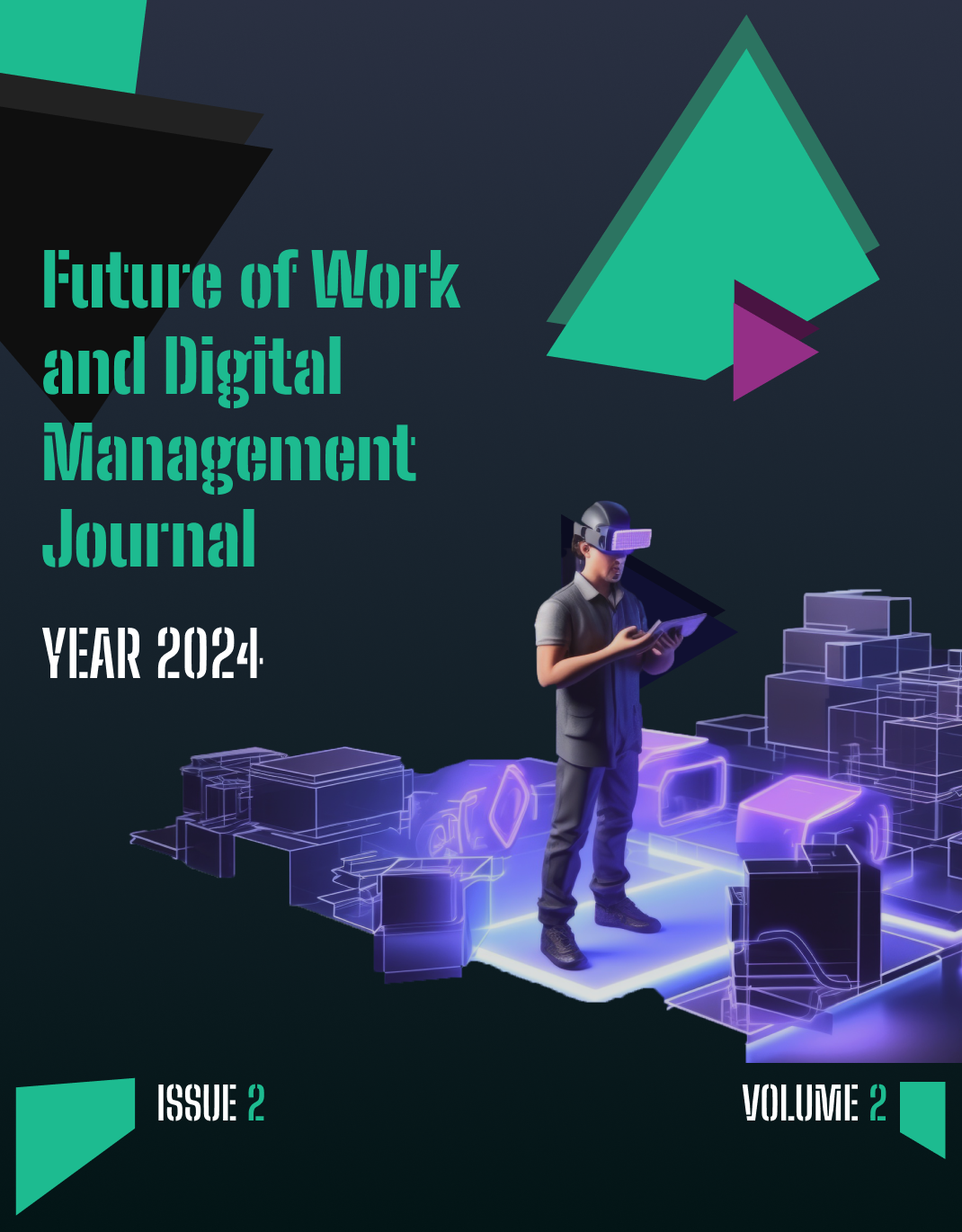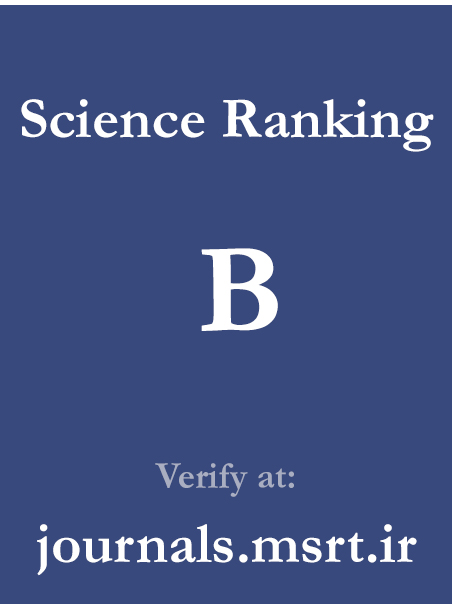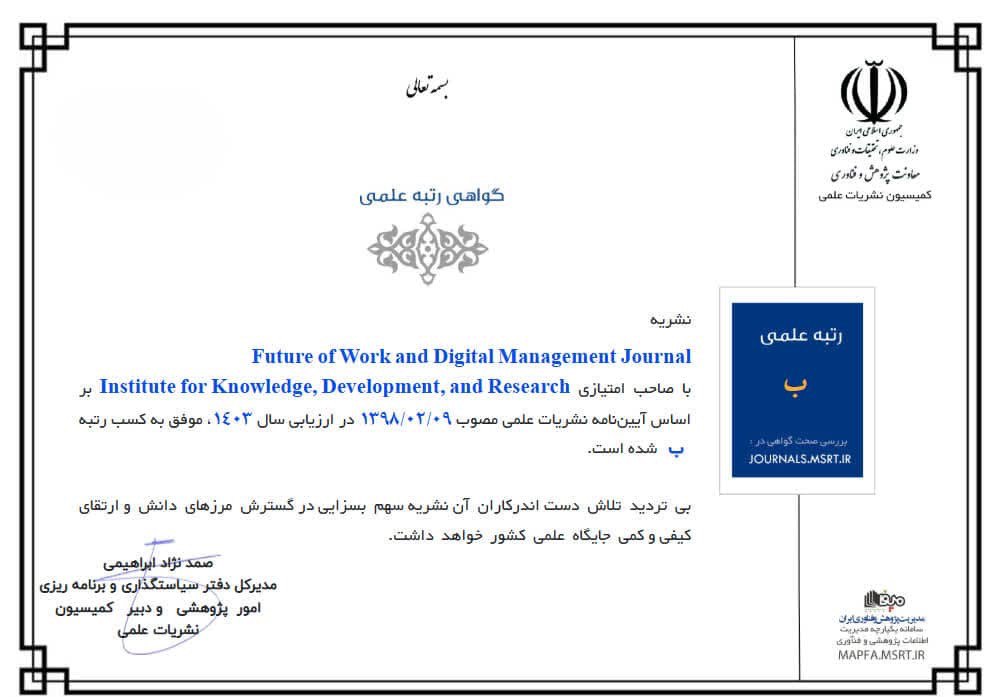The Impact of Manager Support and Digital Feedback Quality on Employee Engagement
Keywords:
Employee engagement, manager support, digital feedback quality, organizational behaviorAbstract
This study aimed to examine the predictive roles of manager support and digital feedback quality on employee engagement in the Malaysian workforce. A correlational descriptive design was used to investigate the relationships between the variables. The study involved 379 full-time employees from various sectors in Malaysia, selected using stratified random sampling based on the Krejcie and Morgan sample size table. Data were collected via an online self-report survey comprising three standardized instruments: the Utrecht Work Engagement Scale (UWES-17), the Perceived Supervisor Support Scale (PSS), and the Feedback Environment Scale (FES). Statistical analyses were performed using SPSS-27, including descriptive statistics, Pearson correlation, and multiple linear regression to determine the strength and significance of relationships among variables. Inferential analysis revealed significant positive correlations between employee engagement and both manager support (r = .61, p < .001) and digital feedback quality (r = .54, p < .001). Multiple regression analysis showed that manager support and digital feedback quality jointly predicted employee engagement, F(2, 376) = 159.84, p < .001, with an R² of .44. In the regression model, manager support (β = .48, p < .001) emerged as a stronger predictor than digital feedback quality (β = .33, p < .001), indicating that both interpersonal and digital communication factors significantly influence employee engagement. The findings underscore the critical importance of both managerial support and digital feedback quality in promoting employee engagement within digitally evolving organizations. Managerial behaviors that convey support and well-designed digital feedback systems together form a robust foundation for sustaining employee motivation and involvement. These insights are particularly relevant for organizations operating in hybrid or technology-mediated environments and offer strategic directions for leadership development and digital communication practices.
Downloads
References
[1] M. Anderson, "Strategic Human Resource Management and Employee Engagement in Australia," Ijsm, vol. 3, no. 3, pp. 22-33, 2024, doi: 10.47604/ijsm.2731.
[2] A. Nelson, "The Effect of Implementation of Management Support Work Environment, Team Work, and Employee Development to Employee Engagement With Employee Motivation as Mediating Variable," Mec-J (Management and Economics Journal), vol. 5, no. 2, pp. 131-142, 2021, doi: 10.18860/mec-j.v5i2.11860.
[3] M. Kim and J. Kim, "Corporate Social Responsibility, Employee Engagement, Well-Being and the Task Performance of Frontline Employees," Management Decision, vol. 59, no. 8, pp. 2040-2056, 2020, doi: 10.1108/md-03-2020-0268.
[4] J. Agbana, F. I. Iyaji, and A. Bakare, "The Influence of Change Management Practices on Employee Engagement and Organizational Performance in a Competitive Business Environment: A Conceptual Review," Kuey, 2023, doi: 10.53555/kuey.v29i4.8192.
[5] R. Veronica, M. Hendri, and I. Daud, "Pengaruh Work Engagement Dan Management Support Terhadap Job Satisfaction Dan Knowledge Sharing Pada Karyawan Bank Bri Kc Pontianak," Equator Journal of Management and Entrepreneurship (Ejme), vol. 12, no. 2, pp. 169-189, 2024, doi: 10.26418/ejme.v12i2.77820.
[6] L. P. Tan, "Impact of Talent Management on Employee Engagement in Vietnam Through Perceived Organizational Support," pp. 69-88, 2024, doi: 10.4018/979-8-3693-2699-2.ch004.
[7] Z. N. Sabila, G. Gumelar, and Z. Akbar, "Sustainable Workforce: Exploring Employee Engagement Impact on Perceived Organizational Support and Employee Retention," Philanthropy Journal of Psychology, vol. 8, no. 1, p. 66, 2024, doi: 10.26623/philanthropy.v8i1.9008.
[8] P. M. Zu and N. Weerakit, "Leadership Behaviors and Employee Engagement in the Hospitality Industry in Myanmar," International Journal of Human Resource Studies, vol. 12, no. 2, p. 133, 2022, doi: 10.5296/ijhrs.v12i2.19675.
[9] A. Desta, W. M. Tadesse, and W. Mulusem, "Linking Aspects of Human Capital Management, Employee Engagement, Perceived Organizational Support, and Selfreported Employee Job Performance," Организационная Психология, vol. 13, no. 2, pp. 78-99, 2023, doi: 10.17323/2312-5942-2023-13-2-78-99.
[10] N. Jankelová, M. Z. Joniaková, and D. Puhovichová, "Factors Influencing Employee Engagement in Public Administration," Public Administration Issues, vol. 0, no. 6, pp. 53-77, 2022, doi: 10.17323/1999-5431-2022-0-6-53-77.
[11] K. Odiaka and K. Chang, "The Efficacy of High-Performance-Work-Practices (HPWPs) in Enhancing Employee Engagement and Service-Oriented Organisational Citizenship Behaviour: A Qualitative Study of Hotel Managers and Employee," International Journal of Organizational Analysis, 2024, doi: 10.1108/ijoa-05-2024-4545.
[12] Y. Nugraha, Y. Siswanti, and S. Sabihaini, "The Influence of Career Development and Management Support on Employee Performance PT Bank Rakyat Indonesia (Persero) Wonosari Branch Office Mediated by Employee Engagement," West Science Journal Economic and Entrepreneurship, vol. 1, no. 11, pp. 420-426, 2023, doi: 10.58812/wsjee.v1i11.414.
[13] S. Graham, T. Cadden, and R. Treacy, "Examining the Influence of Employee Engagement in Supporting the Implementation of Green Supply Chain Management Practices: A Green Human Resource Management Perspective," Business Strategy and the Environment, vol. 32, no. 7, pp. 4750-4766, 2023, doi: 10.1002/bse.3391.
[14] D. Parabakaran and M. A. Lasi, "Human Resource Management Practices and Its Impact on Employee Engagement and Performance in an Organization a Study on Labour Force in Malaysia," Malaysian E Commerce Journal, vol. 5, no. 1, pp. 29-35, 2021, doi: 10.26480/mecj.01.2021.29.35.
[15] Ž. Stankevičiūtė and A. Savanevičienė, "Linkage Between Leaders’ Behaviour in Performance Management, Organisational Justice and Work Engagement in Public Sector," Economies, vol. 9, no. 1, p. 15, 2021, doi: 10.3390/economies9010015.
[16] J. Lauridsen et al., "Hospital Managers’ Perspectives on Pregnancy Policy and Work Adjustments: A Cross-Sectional Study," Work, 2024, doi: 10.3233/wor-230458.
[17] T.-C. Weng, Y.-H. Shen, and T.-T. Kan, "Talent Sustainability and Development: How Talent Management Affects Employees’ Intention to Stay Through Work Engagement and Perceived Organizational Support With the Moderating Role of Work–Life Balance," Sustainability, vol. 15, no. 18, p. 13508, 2023, doi: 10.3390/su151813508.
[18] O. Olivia, V. Tanza, V. Debataraja, and F. Simanjorang, "Bagaimana Manajamen Talenta Mempengaruhi Retensi Karyawan: Studi Literatur," Manuhara, vol. 2, no. 1, pp. 230-242, 2023, doi: 10.61132/manuhara.v2i1.459.
[19] A. Stefanidis, V. Strogilos, and N. Kyriakidou, "Work Engagement of Employees Who Are Parents of Children With Disabilities: Empirical Evidence From Singapore and the United Kingdom," The International Journal of Human Resource Management, vol. 33, no. 10, pp. 1943-1975, 2020, doi: 10.1080/09585192.2020.1800783.
[20] R. Utami, "Mediating Role of Organizational Citizenship Behavior Among Perceived Organizational Support, Employee Engagement, and Employee Performance: An Empirical Study at Regional Secretariat of Demak Regency, Indonesia," Journal of Economics Finance and Management Studies, vol. 05, no. 06, 2022, doi: 10.47191/jefms/v5-i6-03.
[21] M. Rožman, D. Oreški, and P. Tominc, "Integrating Artificial Intelligence Into a Talent Management Model to Increase the Work Engagement and Performance of Enterprises," Frontiers in Psychology, vol. 13, 2022, doi: 10.3389/fpsyg.2022.1014434.
[22] J. W. Rankin, "Management Science and the Art of Leadership," pp. 466-485, 2024, doi: 10.4018/979-8-3693-1802-7.ch020.
[23] J. Tauetsile, "Employee Engagement in Non-Western Contexts: The Link Between Social Resources Ubuntu and Employee Engagement," International Journal of Cross Cultural Management, vol. 21, no. 2, pp. 245-259, 2021, doi: 10.1177/14705958211007874.
[24] W. Rumawas, "Talent Management Practices on Employee Turnover Intention," Jurnal Manajemen Teori Dan Terapan | Journal of Theory and Applied Management, vol. 14, no. 3, p. 248, 2021, doi: 10.20473/jmtt.v14i3.29433.
Downloads
Published
Submitted
Revised
Accepted
Issue
Section
License

This work is licensed under a Creative Commons Attribution-NonCommercial 4.0 International License.








